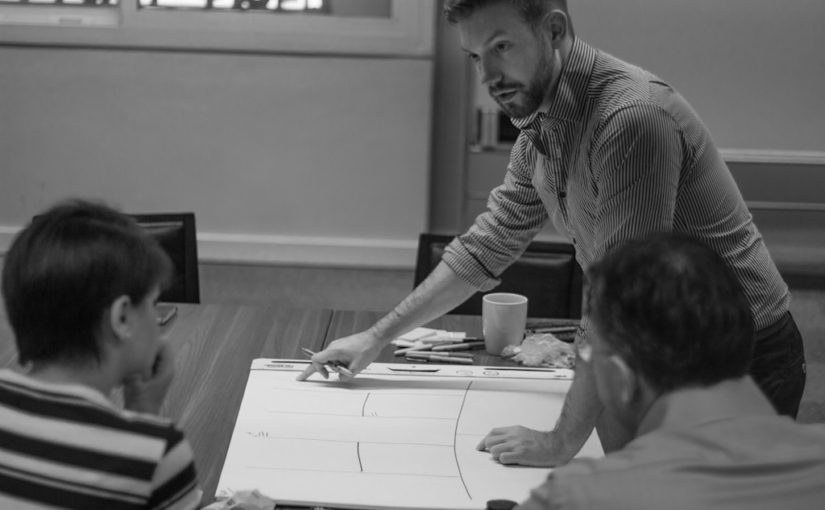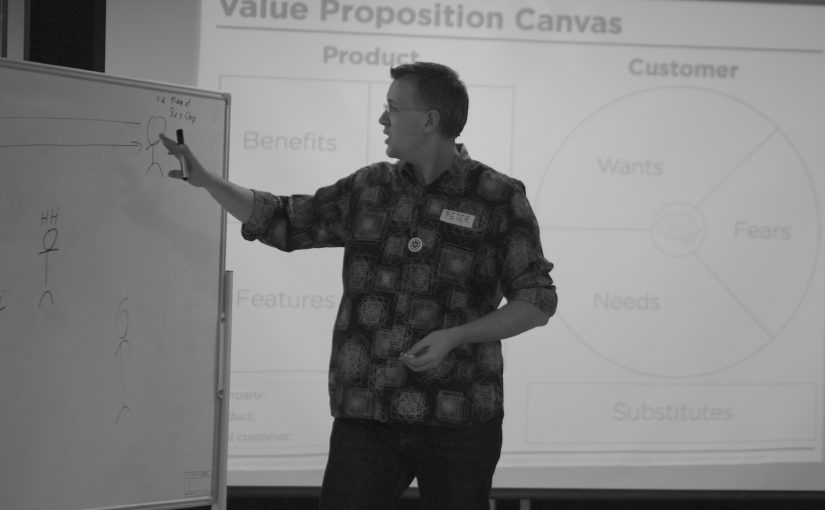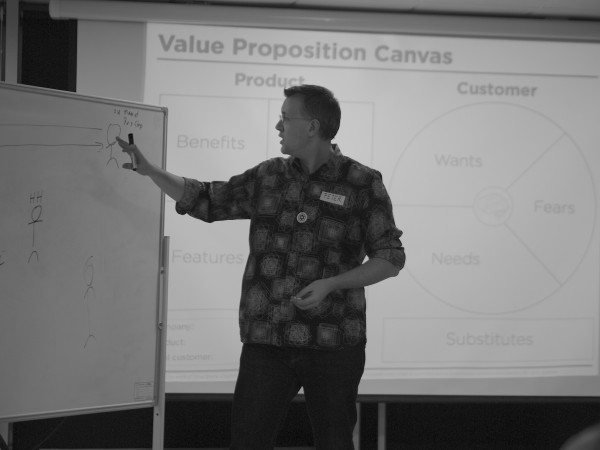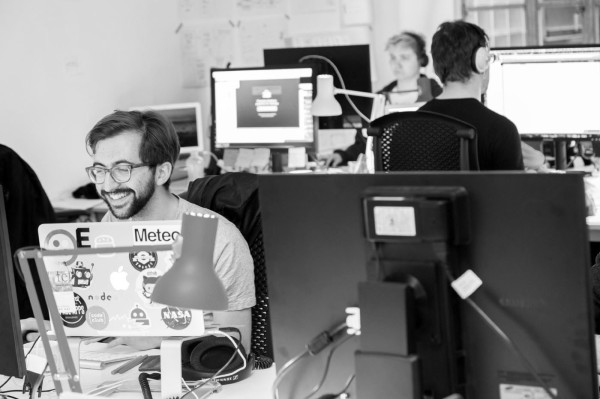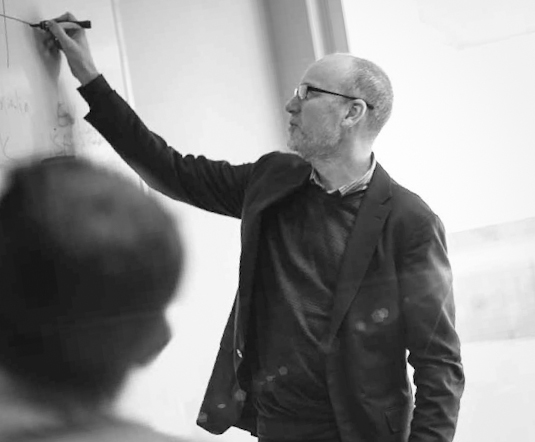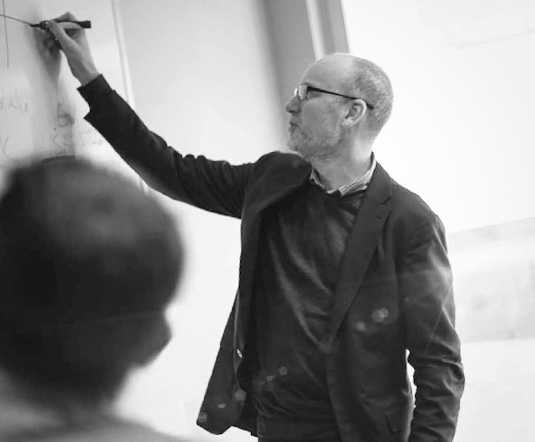Business design is a new way of thinking about companies as interconnected systems worthy of innovation, creativity and the application of design to the systems themselves. Business design applies the mindsets of a designer to the task of creating the overall strategy and business model.
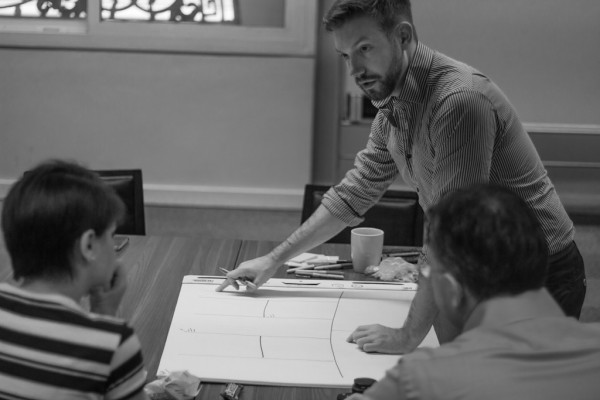
Business design is a useful way of looking creatively at a company in the context of its customers, suppliers and competitors. Every company needs to combine the disciplines of technology, design and business together to deliver value for a customer. But too often, only the crafts of technology and design are seen as real sources of new innovation (with the business function itself just doing the marketing or arranging the finances). In reality, the business-side of innovation can be incredibly important.
